Smartsheet is a powerful tool for creating workflows, automations, and spreadsheets. By connecting Smartsheet to Microsoft Excel using Coefficient, you can seamlessly import your Smartsheet data for further analysis and reporting.
This tutorial will walk you through the process of setting up the integration and fetching your Smartsheet data into Excel.
Advantages of using Excel to Analyze Smartsheet Data
- Derive Actionable Insights: Combine your Smartsheet data with information from other sources in Excel to gain a comprehensive understanding of your projects, workflows, and team performance.
- Automate Data Processes: Coefficient streamlines the process of importing and updating your Smartsheet data in Excel, eliminating manual effort and ensuring your analyses are based on the most recent data.
- Enable Team Collaboration: Share your Smartsheet data with team members in Excel and collaborate on project analysis, empowering your team to identify and address issues proactively.
Tutorial: Connecting Smartsheet to Excel Using Coefficient
Step 1: Install Coefficient in Excel
Before we get started, you’ll need to install Coefficient in Excel. Don’t worry, it’s a fast and straightforward process that you only need to do once. Follow these simple steps to get started
Open Excel from your desktop or in Office Online.
Click ‘File’ > ‘Get Add-ins’ > ‘More Add-Ins.’

Type “Coefficient” in the search bar and click ‘Add.’
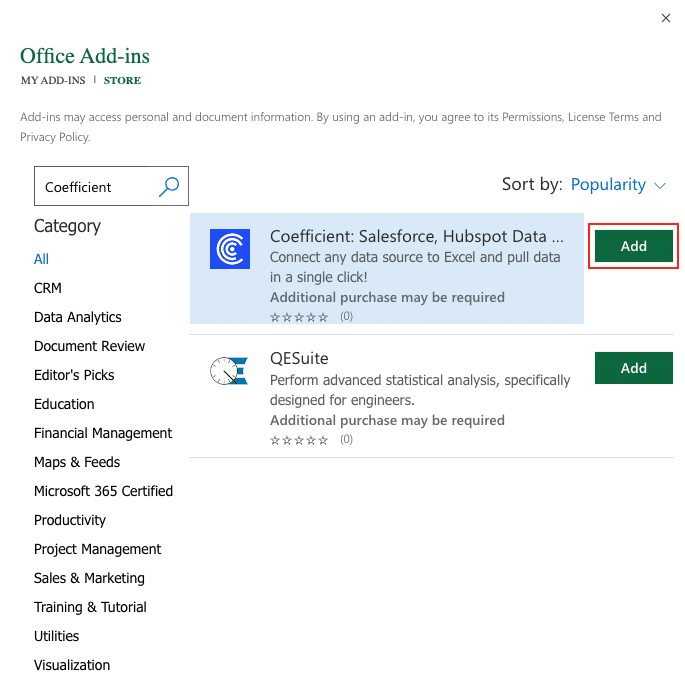
A pop-up will open up. Follow the prompts to complete the installation.

Once finished, you will see a “Coefficient” tab at the top navigation bar.
Click ‘Open Sidebar’ to launch Coefficient.
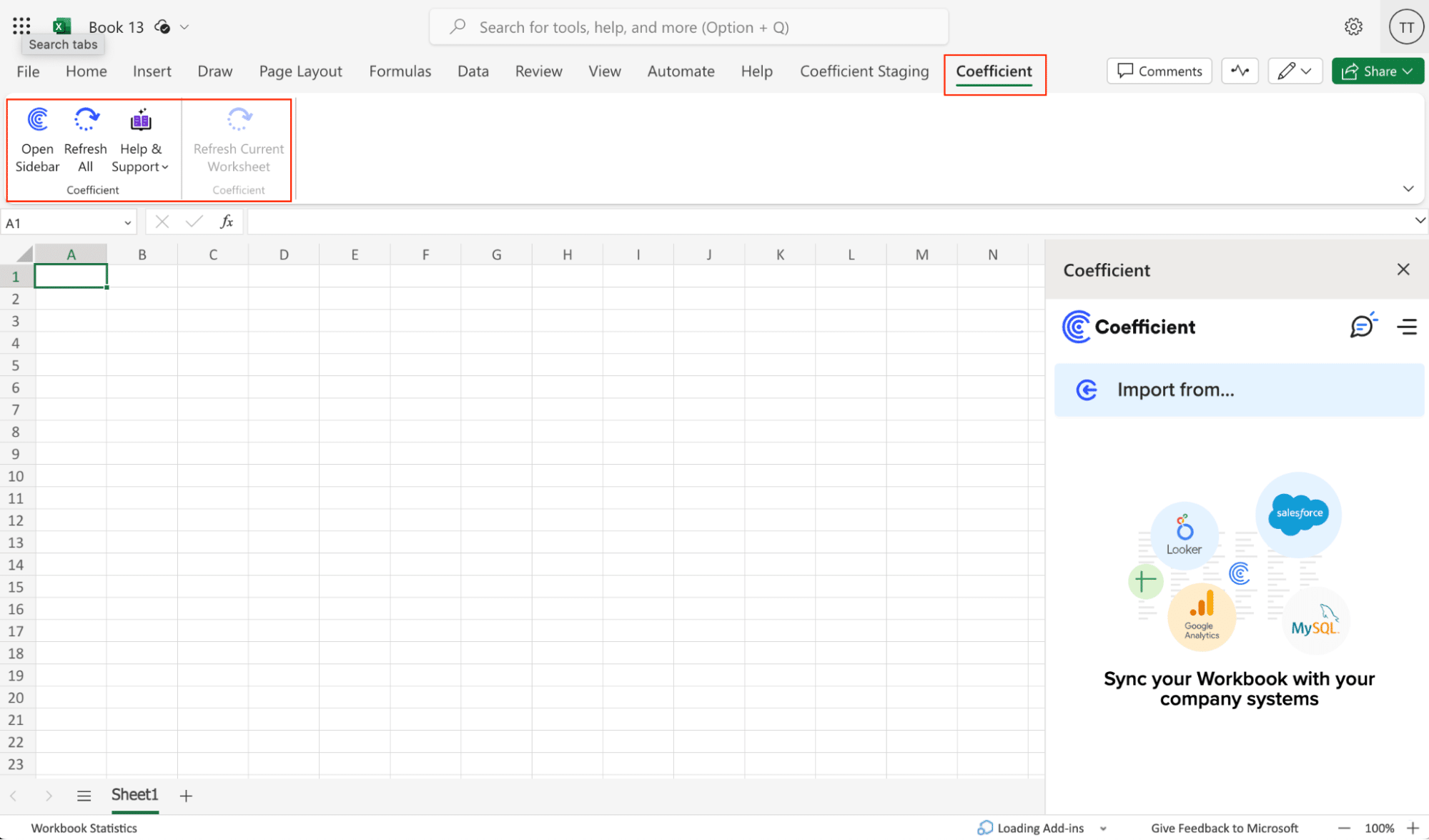
Step 2: Connect Smartsheet as a Data Source in Coefficient
With Coefficient installed, you’re now ready to import your Smartsheet data into Excel. Let’s walk through the process step by step:
Click ‘Import from…’ from the Coefficient menu.
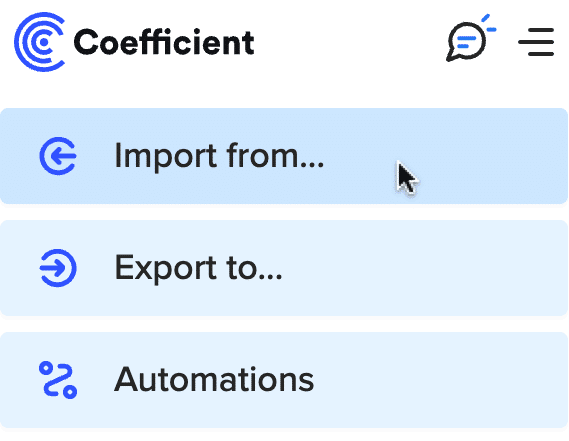
Navigate down the menu to find Smartsheet. Click ‘Connect.’

Click ‘Authorize’ to grant Coefficient access to Smartsheet.
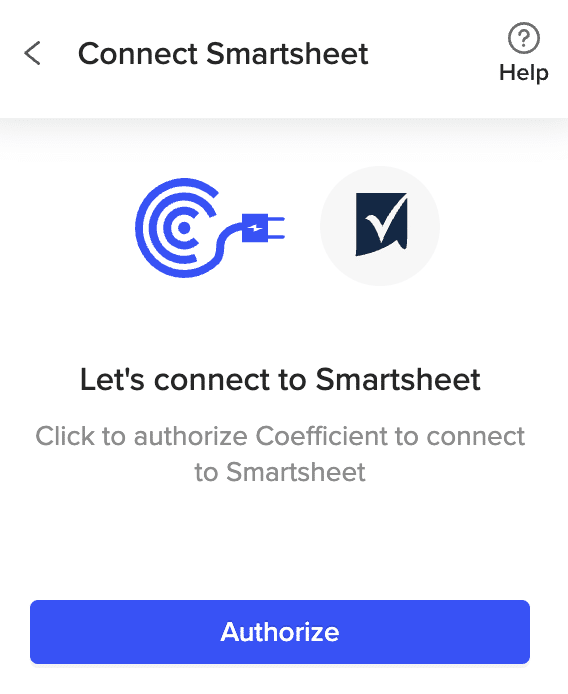
Select ‘Allow’ and log in to your Smartsheet account when prompted.
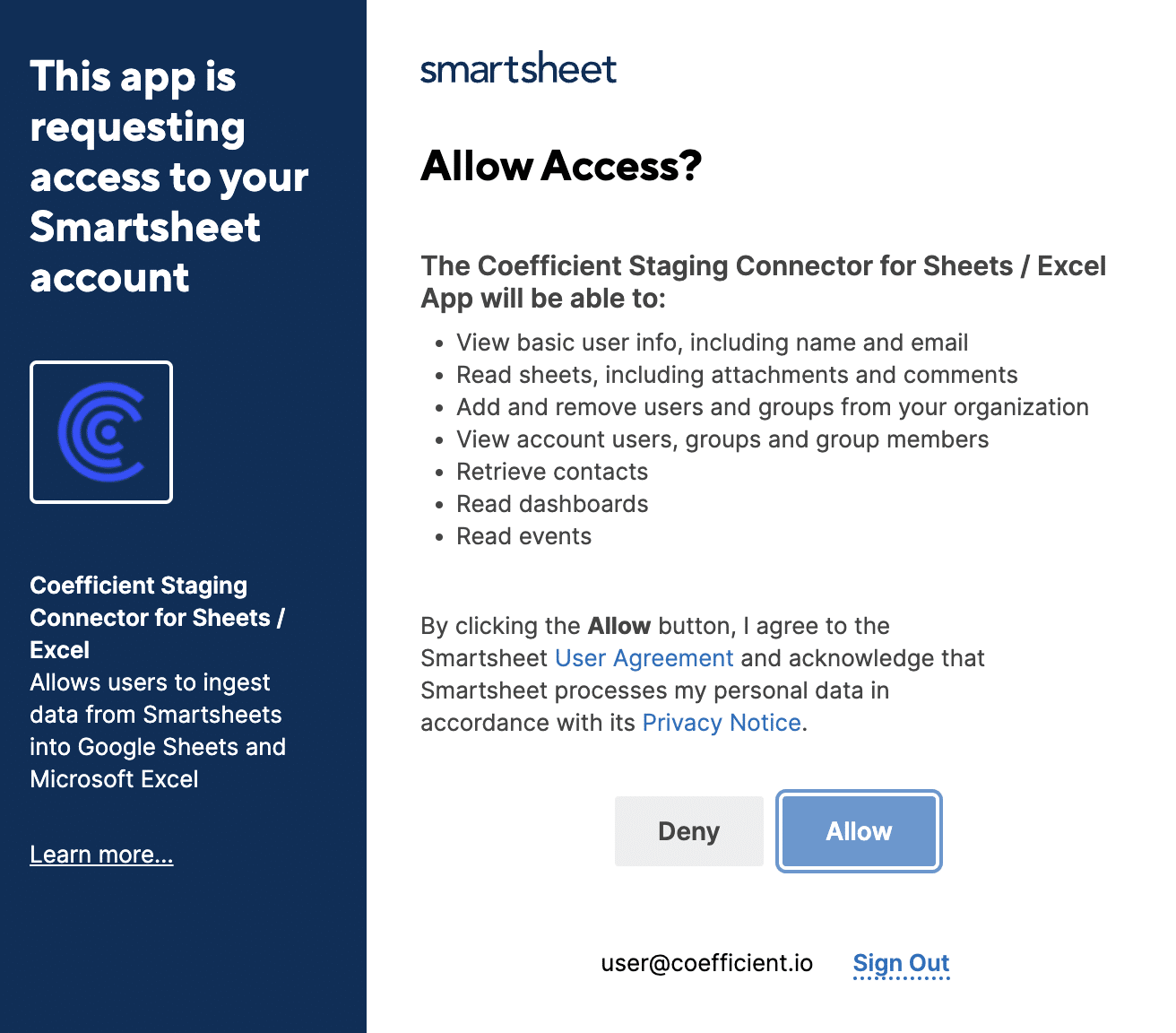
Step 3: Customize Your Import
Select ‘Start from Scratch’ after connecting Coefficient to Smartsheet.

Review the list of available objects you can import into Coefficient in the Preview menu.
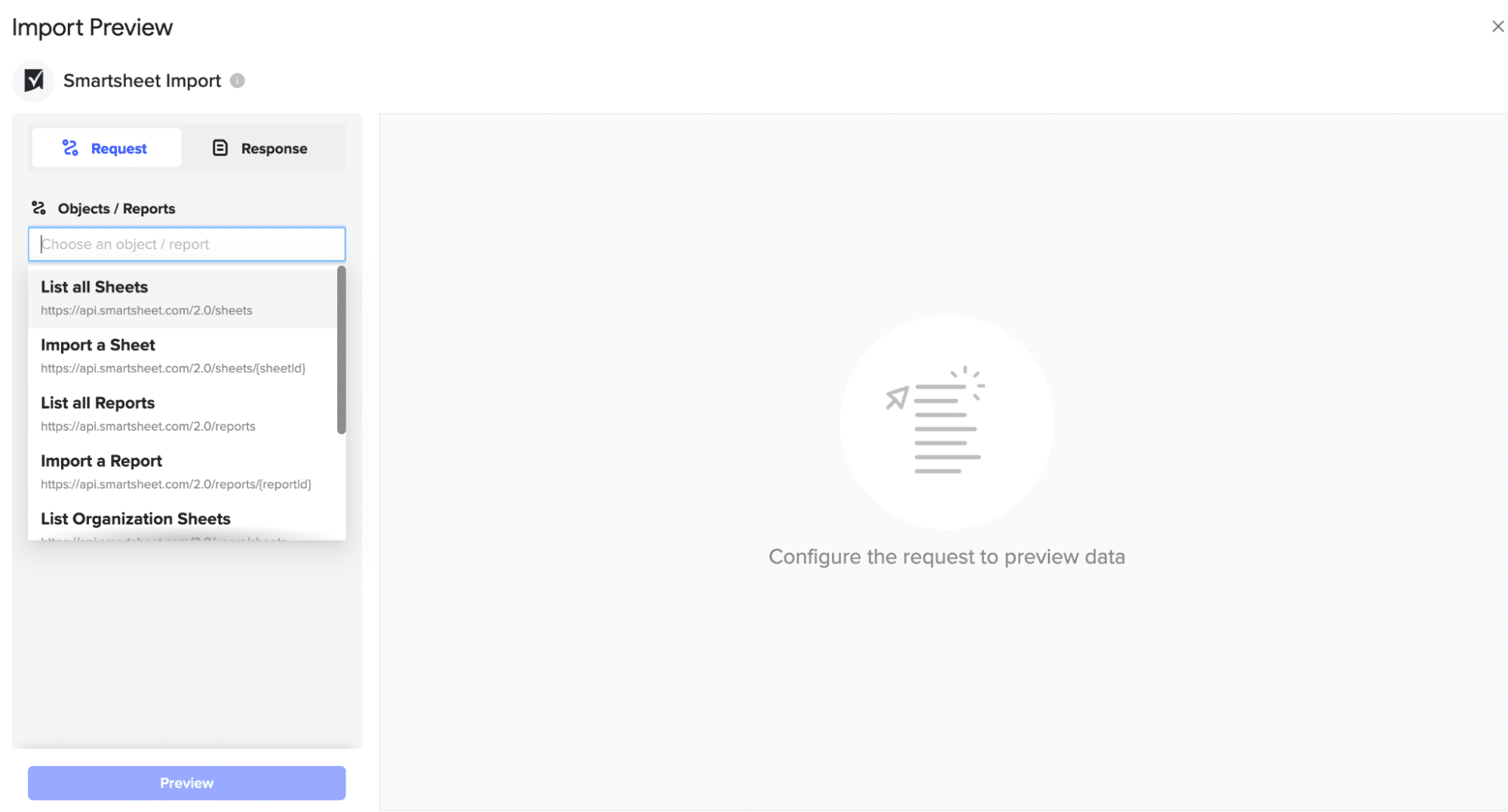
To Import Data from a Sheet:
Select ‘Import a Sheet.’
Note: You’ll need the Sheet ID of the sheet you wish to import to continue.
Navigate to the desired sheet in Smartsheet. Go to ‘File’ > ‘Properties.’

Copy the Sheet ID.

Paste the copied Sheet ID into the required field in Coefficient.

Click ‘Import’ to fetch the Smartsheet data into your Excel workbook.
To Import Data from a Report:
Select the ‘Import a Report’ endpoint from Coefficient’s Import Preview Menu.
Note: You’ll need the Report ID of the report you wish to import to continue.
Access it by navigating to the desired report in Smartsheet. Then, click ‘File’ > ‘Properties’ and copy the “Report ID.”
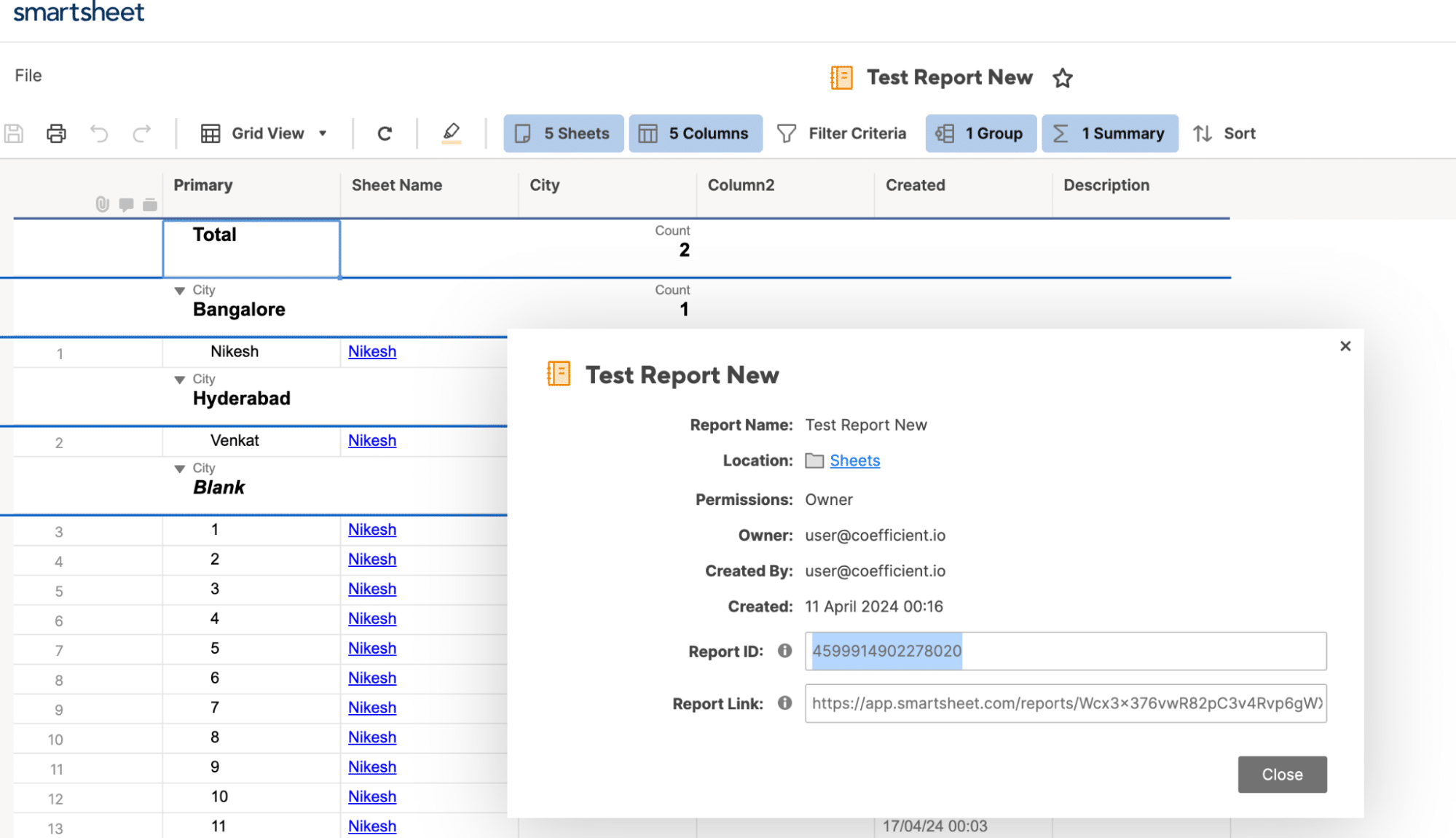
Paste the copied Report ID into the required field in Coefficient
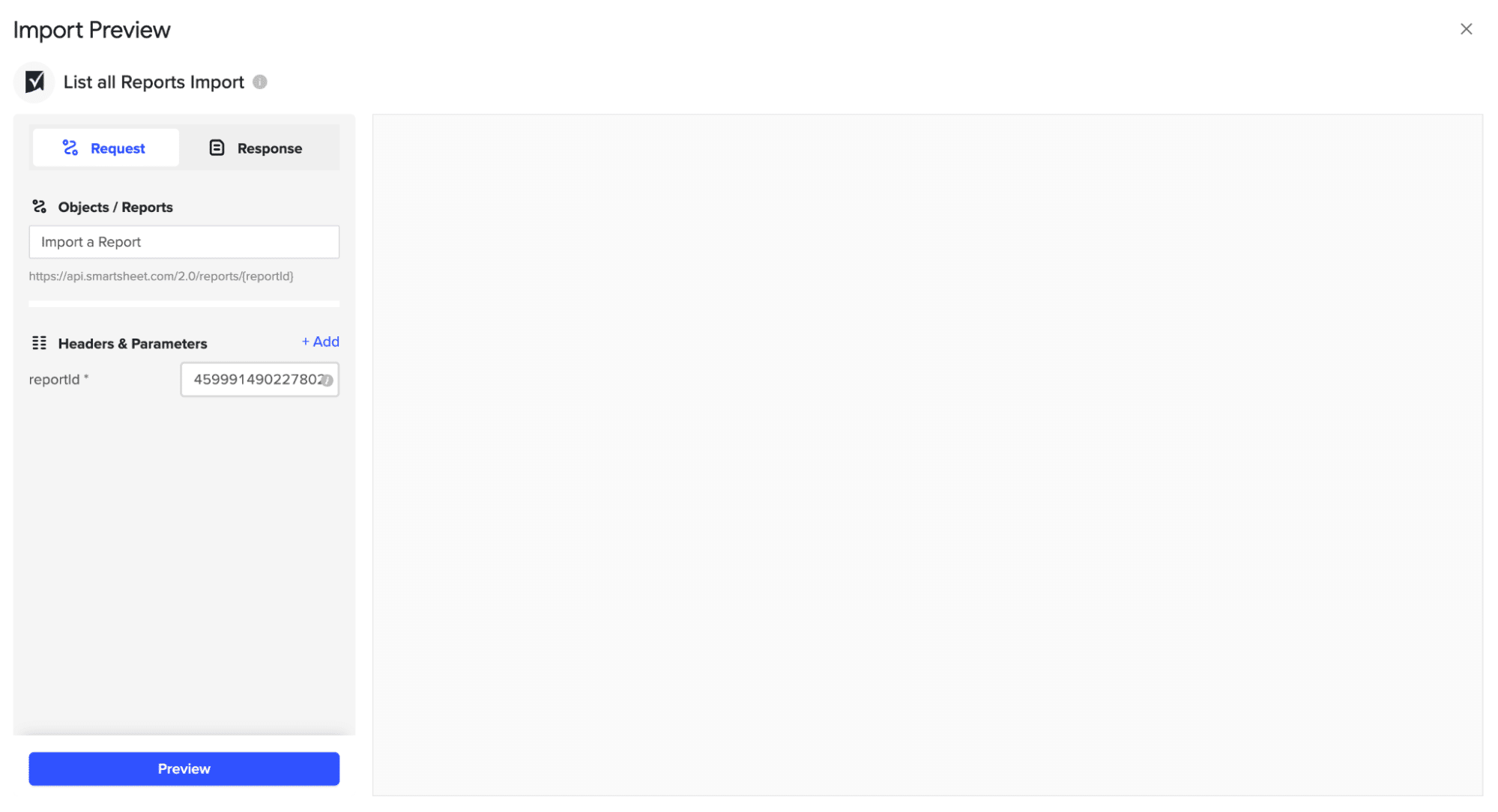
Customize your import by toggling fields in the left-hand menu. When finished, click ‘Import’ to fetch the Smartsheet report data into your Excel workbook
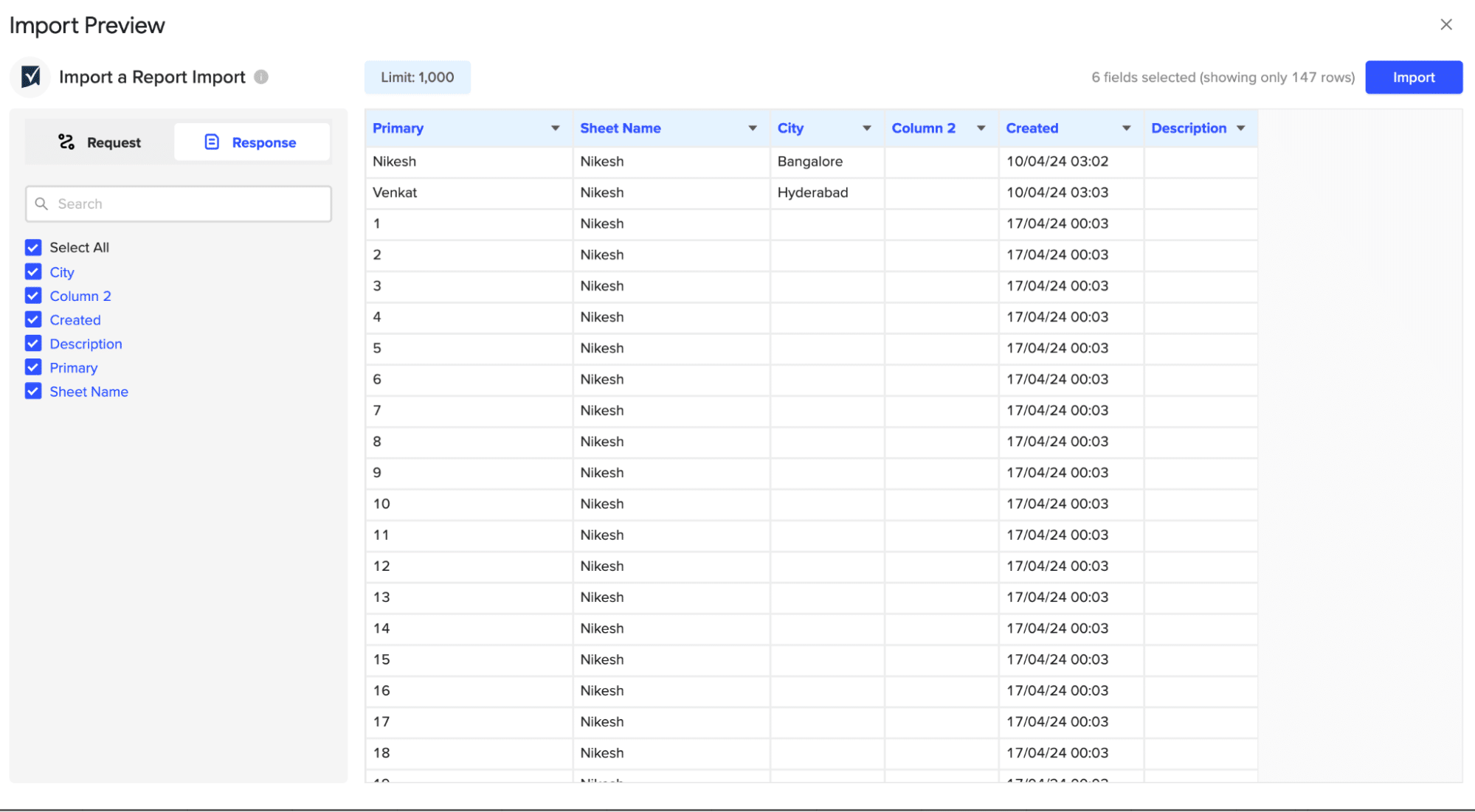
Review the imported report data in your Excel workbook.
Tips and Tricks: Analyzing Smartsheet Data in Excel
- Create Visual Dashboards: Use Excel’s built-in charts and formatting options or Coefficient’s pre-built templates to build interactive dashboards that provide a clear, visual representation of your Smartsheet data.
- Keep Data Fresh: Set up automatic data refreshes with Coefficient to keep your Smartsheet data in Excel always up-to-date, providing a reliable basis for your analyses and reports.
- Receive Timely Notifications: Configure Coefficient to send alert notifications to Slack or email when specific conditions are met, helping you stay informed about critical issues without constantly checking your sheets.
Connect Smartsheet to Excel in Seconds with Coefficient
Connecting Smartsheet to Microsoft Excel using Coefficient streamlines the process of importing and analyzing your Smartsheet data.
By following this step-by-step tutorial, you can easily fetch your Smartsheet sheets and reports into an Excel workbook and leverage the powerful analysis and collaboration features of Excel.
Get started with Coefficient today to supercharge your Smartsheet data analysis workflow.